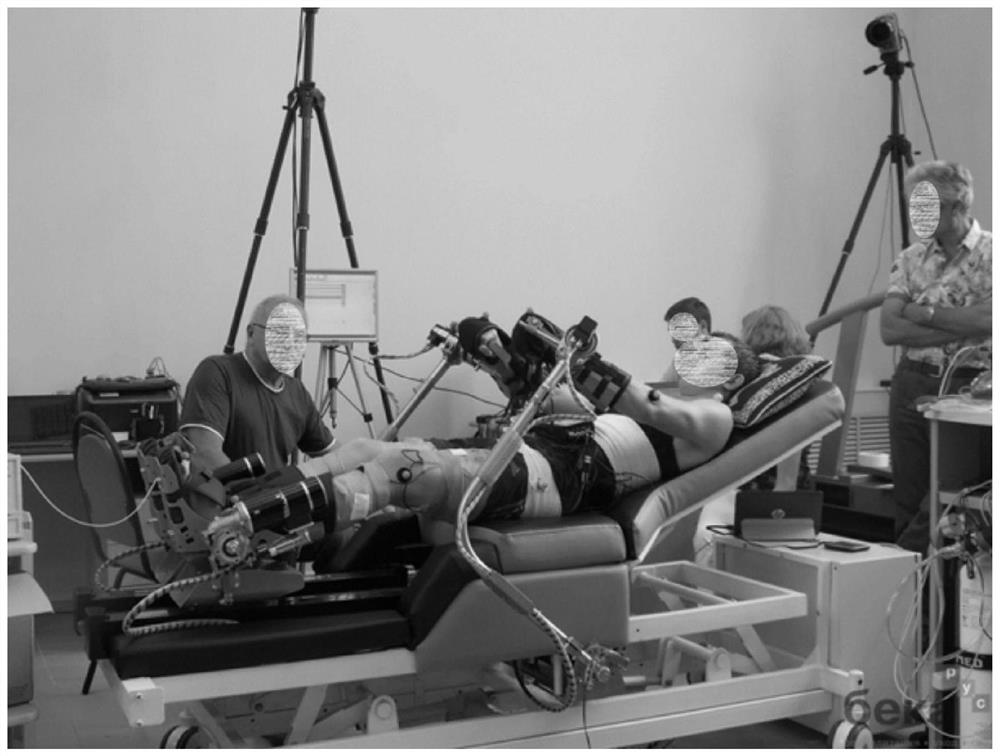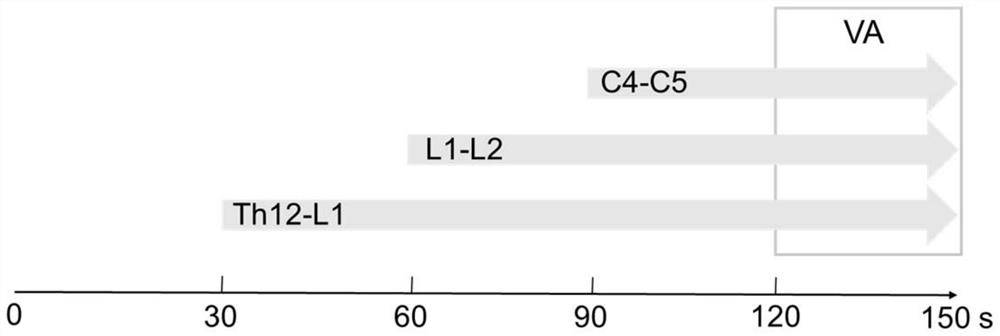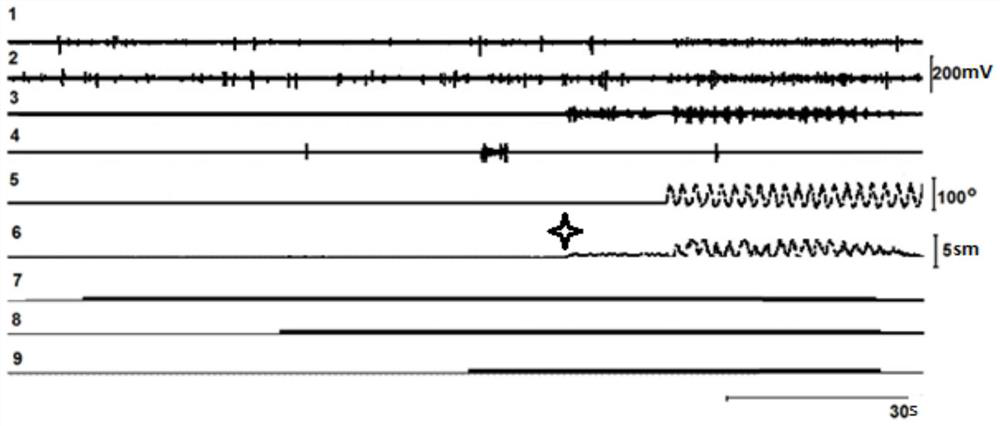Method and system for regulation and restoration of independent stepping for patients with motor pathology
A patient, exercise technique with applications in neurophysiology and rehabilitation
- Summary
- Abstract
- Description
- Claims
- Application Information
AI Technical Summary
Problems solved by technology
Method used
Image
Examples
Embodiment 1
[0137] Example 1. Voluntary arm movement increases the response to involuntary leg movement induced by transcutaneous electrical stimulation of the spinal cord magnitude.
[0138] This study was performed to demonstrate that rhythmic arm movement facilitates the locomotor effects induced by TESSC.
[0139] method
[0140] The study was carried out in Velikie Luki State Academy of Physical Education and Sports (VLSAPEC). Healthy volunteers - young men, employees and students of VLSAPEC (N=11, 20-35 years old) participated in the study. Informed written consent to participate in the trial was obtained according to the principles of the Declaration of Helsinki.
[0141] refer to figure 1 , subjects in a biomechanical training machine for neurorehabilitation of motor and visceral function in a semi-recumbent position ( figure 1). The training machine provides random or forced movement of the legs and / or arms. Leg movements are performed in the hip, knee and ankle joi...
Embodiment 2
[0151] Example 2. Spatiotemporal transcutaneous electrical stimulation of the spinal cord modulates characteristics of human stepping movements.
[0152] This study was performed to demonstrate that it is possible to modulate the swing phase in the stepping cycle (flexion) by periodically stimulating the root of the spinal cord at the level of the T11 vertebra according to the stepping phase and by periodically stimulating the root of the L1 vertebra according to the stepping phase. At the root of the spinal cord at the level, it is possible to regulate the stance phase (extension).
[0153] method
[0154] The study was conducted at Velikie Luki State Academy of Physical Education and Sports (VLSAPEC). Healthy volunteers - young men, employees and students of VLSAPEC (N=9, 20-35 years old) participated in the study. Informed written consent to participate in the trial was obtained according to the principles of the Declaration of Helsinki.
[0155] refer to Figure 5 ...
PUM
 Login to View More
Login to View More Abstract
Description
Claims
Application Information
 Login to View More
Login to View More - R&D
- Intellectual Property
- Life Sciences
- Materials
- Tech Scout
- Unparalleled Data Quality
- Higher Quality Content
- 60% Fewer Hallucinations
Browse by: Latest US Patents, China's latest patents, Technical Efficacy Thesaurus, Application Domain, Technology Topic, Popular Technical Reports.
© 2025 PatSnap. All rights reserved.Legal|Privacy policy|Modern Slavery Act Transparency Statement|Sitemap|About US| Contact US: help@patsnap.com



